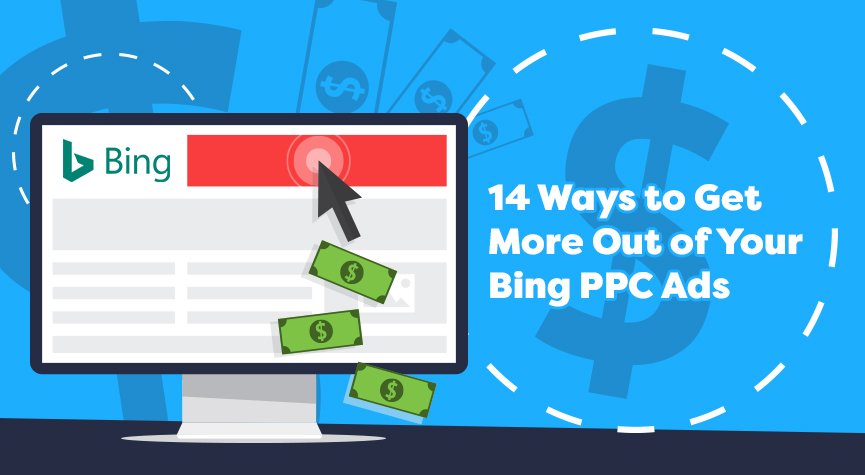
Even though “Bing” hasn’t been elevated to the status of a verb, as in “to Google” something, it doesn’t mean you should ignore this search advertising platform if you want to increase your reach and drive sales with PPC ads.
Why Bing Ads?
Bing has been steadily growing its market share for the past few years. According to ComScore, the Bing Network had 142 million unique searchers in July 2017 in the U.S.
The Bing network, which is owned by Microsoft, has three search engines—Bing, Yahoo, and AOL. When an ad is placed on one platform, it’ll be seen on all three.
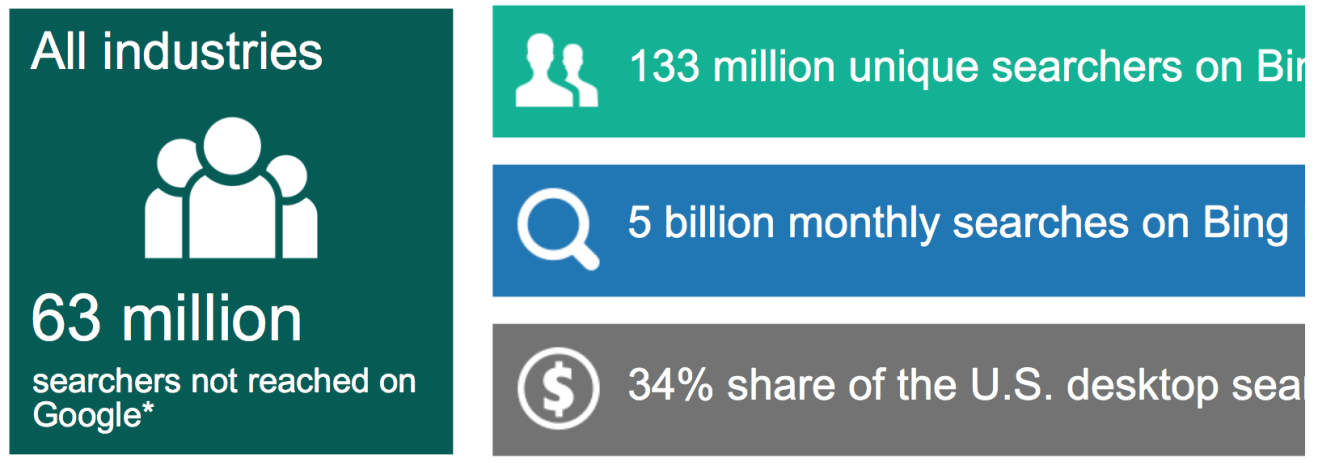
In addition, Bing has a substantial presence in other markets, such as Canada (17%,) France (18%,) the U.K. (25%,) and Australia (12%.)
Bing PPC ads also tend to have higher engagement and conversion rates. For instance, an advertiser in the automotive industry achieved 10%-56% higher conversion rates with Bing ads than with Google ads.
For advertisers looking to reach more searchers and boost sales, Bing ads are not to be ignored.
How to Optimize Your Bing PPC Ads
To maximize the ROI of your Bing ads, you need to leverage the platform’s unique features in addition to following PPC ad best practices.
Here’s how to get the most out of your Bing PPC ads:
 Pick the Right Keywords
Pick the Right Keywords
As with any kind of PPC ads, you need to select the right keywords to rank for. Focus your campaigns on keywords with commercial intent in order to optimize your ROI.
There are different types of keywords that indicate commercial intent:
- Buy now keywords—e.g., coupon, discount, deal
- Product keywords—e.g., review, cheap, comparison
- Information keywords—e.g., how to
- Tire kicker keywords—e.g., free
These keywords are used by searchers who are more likely to make a purchase. Even though it may be more expensive to bid on these keywords, the higher conversion rate often offsets the cost.
You can use the keyword research tools on Bing to help identify high conversion keywords and target your ad text.
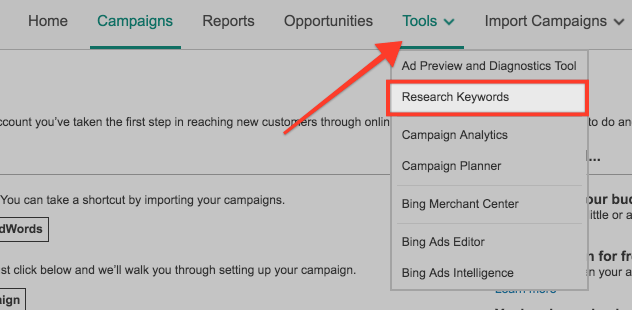
Keywords with high commercial intent may not have high monthly search volume, and that’s okay. It’s more important to be specific and get the right visitors to your website.
 Refine Your Search Terms
Refine Your Search Terms
Your keyword research will probably give you a solid general direction to start placing your ads, but the proof is in the pudding. You need to find out if you’re actually ranking for search terms that your target market uses when they’re looking for the products or services that you offer.
You can find out what keywords people use in their searches to trigger the display of your ads by looking at the list of search queries in your search term report.
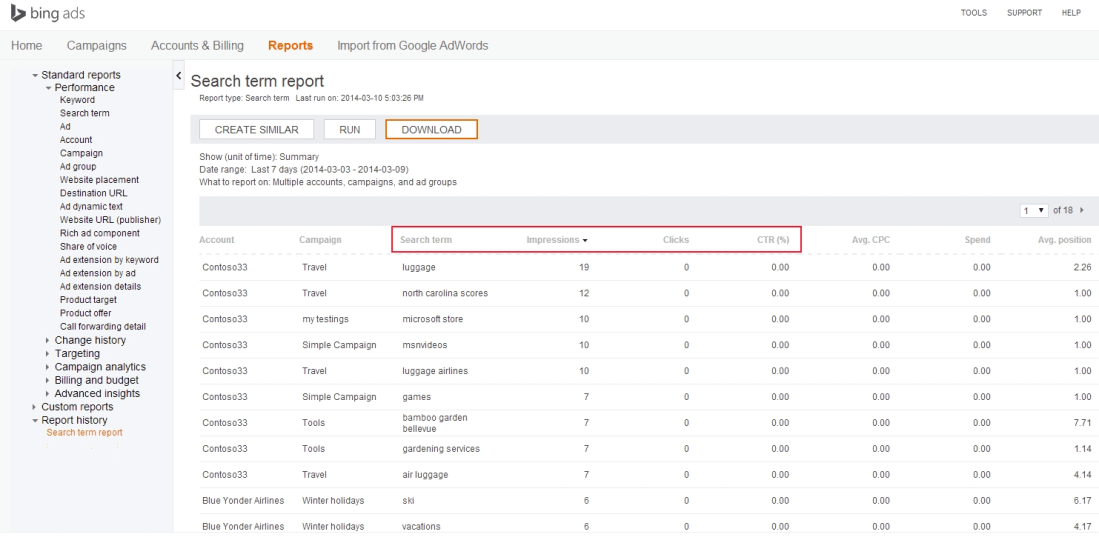
Identify the terms that not only get searchers to click through but which also yield high conversion rates. With this insight, you can focus your ad dollars on ranking for terms that generate sales to give you the highest ROI.
 Understand the Bing User Persona
Understand the Bing User Persona
Bing users share some traits that make it easier to decide if the platform is an effective channel for promoting a particular product to a specific audience. You can also leverage this demographic information to create copy that appeals to the users.
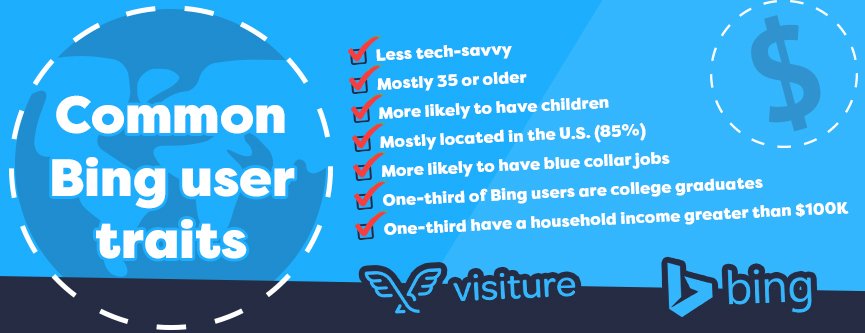
Here are some of the common traits shared by Bing users:
- Mostly located in the U.S. (85%)
- Less tech-savvy
- More likely to have blue collar jobs
- Mostly 35 or older
- More likely to have children
- One-third of Bing users are college graduates
- One-third have a household income greater than $100K
 Leverage Geo-Targeting
Leverage Geo-Targeting
Bing allows you to target searches originating from specific geographic locations. This feature is useful for advertisers that have a brick-and-mortar business, ship only to particular parts of the world, or want to promote location-specific offers.
When using geo-targeting, optimize your ads by ranking for terms specific to the location, using local currency in the copy, experimenting with languages, serving offers relevant to the local area, and using culturally appropriate images.
 Spy on Your Competitors
Spy on Your Competitors
If you’re competing in a crowded market, it’s imperative that you know what your competitors are doing so you can position your ads advantageously.
There are many tools you can use to find out who your competitors are, see what keywords they’re ranking for, discover what kind of content is working for them, and figure out what they’re doing for their search marketing and PPC ads.
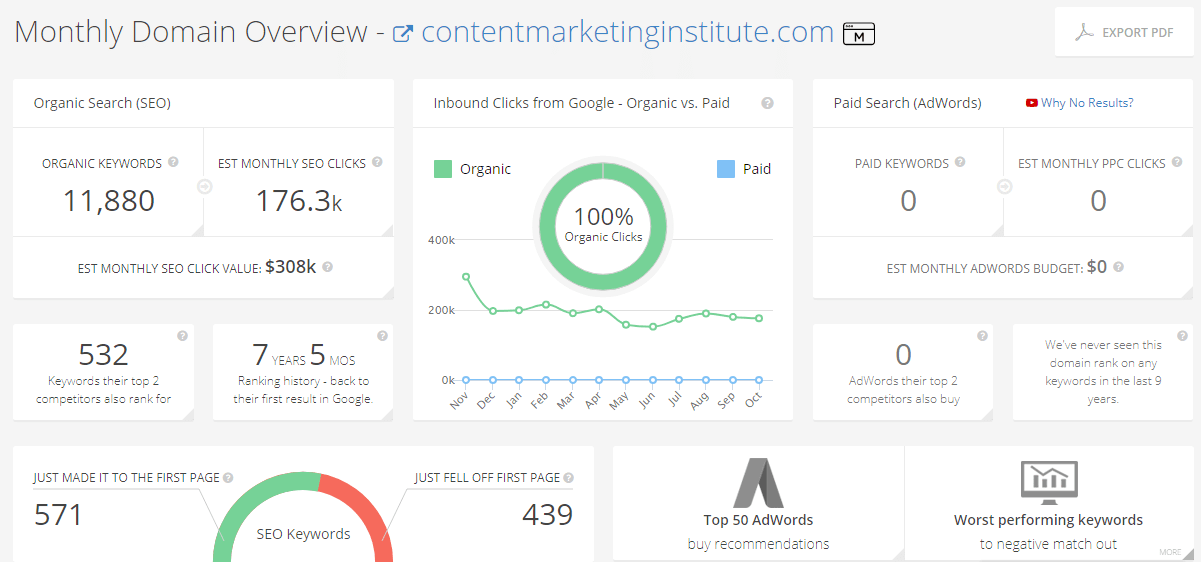
Use these tools to gain insights into audience behaviors so you can apply them to your campaigns.
 Study Successful Campaigns from Other Industries
Study Successful Campaigns from Other Industries
You can gain additional insights into the messaging that appeals to your target market by studying ads that are generating good results. These ads may not be from your competitors but share an audience you want to target. They can give you creative ideas to help you stand out from your competition.
 Write Effective Copy
Write Effective Copy
When we talk about PPC ads, of course, we can’t ignore the ad copy!
Since you’re using search terms with high commercial intent, the ad copy should also focus on your products and services in a way that appeals to searchers who are ready to make a purchase:
- Describe the unique features of your products—how are they different from others on the market and why should people buy from you?
- Use your audience’s language and a tone that appeals to them. You can find out how your ideal customers talk about your product category by doing interviews, conducting surveys, or doing social listening.
- Address your customers directly—e.g., use “you” and “your.”
- Be clear who your products are for so you don’t waste ad dollars on unqualified prospects. For example, if you’re promoting a high-ticket luxury item, avoid using words such as “free” or “discount.”
- Be specific about your offers. For example, saying “50% off” often yields better results than using “big discount.”
- Feature pricing if your products are competitively priced.
- Include a call-to-action that entices users to click your ad. You can use a limited-time or limited-quantity offer to add urgency.
 Use Expanded Text Ads And Ad Extensions
Use Expanded Text Ads And Ad Extensions
These features make it possible to include more information in your ads so you can capture attention and highlight your offers.
You can create ad copy with more information using the Expanded Text Ads feature to optimize your copy and better engage searchers before they click on your ad. Expanded Ad Text allows you to show a customized path, highlight product features, and include a compelling call-to-action to increase CTR.

Ad extensions are additional pieces of information about your business, such as a phone number or a link to a specific page on your website, that you can add to your ads. These extensions also increase the real estate occupied by your ad and help capture the attention of the searchers.
There are different types of ad extensions for adding a variety of information, including location, call, sitelink, image, app, callout, review, and price.

 Test Your Ads
Test Your Ads
The best way to find out what works and what doesn’t for your audience is to test your ads. You can create as many as 20 ads in each ad group, and Bing will automatically rotate them.
Use a variety of title and ad text to help you find out what words and phrases are most compelling to your target audience.
When you have gathered a statistically significant amount of data to show which ad or two have the highest click-through-rate (CTR) and conversion rate, you can turn off the rest of the ads in the group to optimize the campaign.
 Add Negative Keywords
Add Negative Keywords
When you review your search term report, you may find that some search terms are getting clicks but yield very low conversion rate. Obviously, you shouldn’t be paying for these duds if you want to maximize your ROI.
You can use the negative keyword feature on Bing to prevent your ads from being triggered by these search queries either at the campaign or the ad group level.
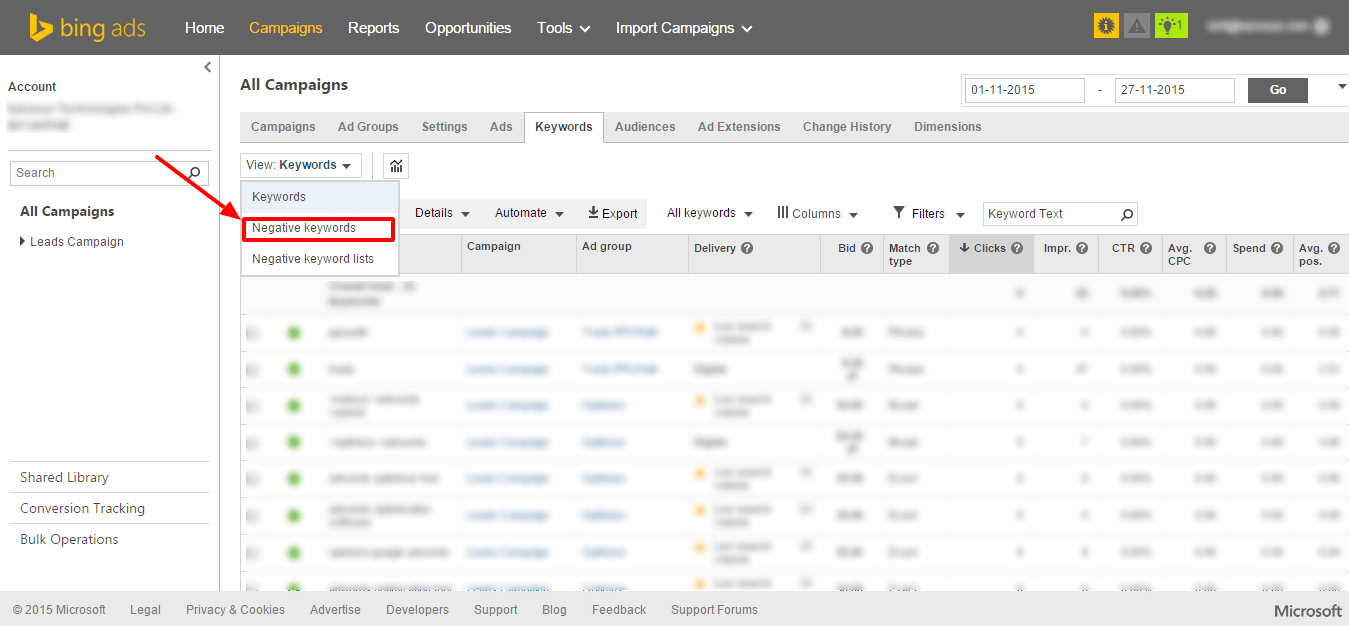
 Match Landing Page Content to Ad Copy
Match Landing Page Content to Ad Copy
In order to optimize an ad’s conversion rate, you should direct visitors to a landing page that matches the messaging of the ad. This is particularly important if you’re using different ad groups to target different market segments.
If you use a different ad copy to highlight aspects of a product that appeals to a specific audience, then the landing page should refer to the same features to deliver a coherent user experience.
In addition, when you’re advertising a specific product or product category, make sure to direct visitors to the product page or category page instead of your homepage.
 Track Your Conversion
Track Your Conversion
Although Bing allows you to import your AdWords campaigns, you’ll need to insert a separate conversion tracking code to gather the appropriate metrics. Before your head starts spinning, here is the good news: Bing has one Universal Event Tracking code, and you only need one tag to track everything.

 Use an Optimization Tool
Use an Optimization Tool
PPC tools can help you get more out of your Bing ads by making it easier to manage your bids and generate relevant reports. These tools allow you to visualize the data and extract actionable insights from your metrics. For example, you can get an interactive visualization of geodata and adjust your bids accordingly.
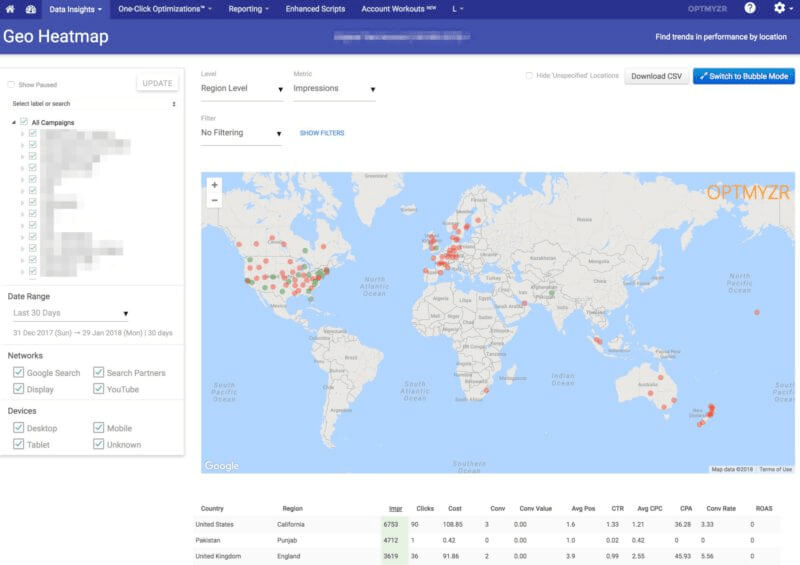
 Manage Bing Ads Separately from AdWords PPC
Manage Bing Ads Separately from AdWords PPC
Although Bing has been matching its capabilities and interface with those of AdWords and even allows advertisers to import campaigns, you should manage Bing ads separately from your AdWords account.
Bing ads have a different format, audience, and marketplace, so what works for your AdWords campaigns may not be optimal for your Bing ads. In fact, 27% of the clicks on Bing ads come from searches unique to the network from an audience that has different behaviors and tends to respond differently compared to AdWords.
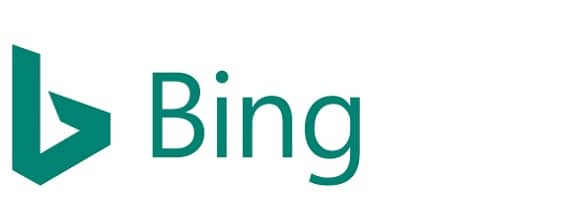
Conclusion
Although not as widely used as Google AdWords, Bing still accounts for over 20% of U.S. search engine market share. (30% if you count the Yahoo! partnership.) It’s a sizable share, and you may be leaving money on the table if you ignore this platform.
Not to mention, Bing’s pricing is lower than that of AdWords. In fact, Google’s average cost-per-click is 71% higher than that of Bing’s. Your ad dollars can go further, and they will be particularly cost-effective if you’re targeting an audience that matches Bing’s user demographics.
So, is Bing right for you? The only way to know for sure is to set up your campaigns, track the ads’ performance, fine-tune your bid strategy, and compare your metrics to find out what works for your audience. Our team of PPC experts would be more than willing to assist in your bidding strategy.


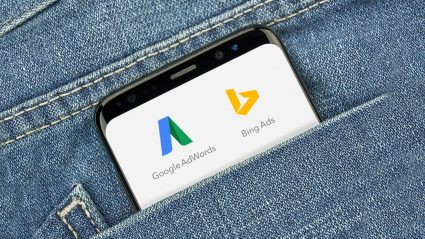



Responses